Description
Hydrochloric acid (HCl) is a highly versatile and widely used chemical compound in both industrial and laboratory settings. In its 33% concentration, hydrochloric acid strikes a balanced ratio of potency and manageability, making it a standard concentration for many industrial and commercial applications. In this article, we’ll explore the properties of HCl 33%, its common uses, and the necessary precautions to ensure safe handling and storage.
What is Hydrochloric Acid?
Hydrochloric acid is a solution of hydrogen chloride gas dissolved in water. It is one of the simplest and strongest acids known, making it an indispensable chemical in various industries. The 33% concentration refers to a mixture containing 33% HCl by weight, diluted with water. This concentration is preferred for its effectiveness in many applications while maintaining manageable corrosive properties compared to higher concentrations.
Chemical and Physical Properties of HCl 33%
Chemical Formula: HCl
Concentration: 33% (by weight)
Appearance: Clear, colorless to light-yellow liquid
Odor: Pungent, distinct acidic smell
pH: Less than 1 (Highly acidic)
Density: Approximately 1.15 g/cm³ at 20°C
Boiling Point: Approx. 60°C (at atmospheric pressure)
Solubility: Fully miscible with water
Hydrogen ions (H⁺) present in HCl give the solution its strong acidic properties, enabling it to react vigorously with bases, metals, and certain organic materials.
Applications of Hydrochloric Acid 33%
Hydrochloric acid 33% is an integral component in various industries and processes. Below are some of its primary applications:
1. Industrial Cleaning and Descaling
HCl 33% is commonly used as an industrial cleaning agent to remove rust, scale, and mineral deposits from metal surfaces, pipelines, and boilers. Its ability to dissolve calcium carbonate and other inorganic compounds makes it invaluable in maintenance.
2. pH Control and Neutralization
In wastewater treatment and chemical manufacturing, HCl 33% is employed to adjust pH levels and neutralize alkaline solutions. Its acidity makes it effective for balancing pH in industrial processes.
3. Chemical Synthesis
Hydrochloric acid is a key reagent in the production of various chemicals, including chloride salts, polymers like PVC (polyvinyl chloride), and metal chlorides such as ferric chloride. Its use in synthesizing organic and inorganic compounds makes it an essential feedstock in the chemical industry.
4. Food Processing
HCl 33% is used in the food industry as an approved additive for processing and regulating pH levels. It aids in the production of gelatin and the extraction of edible proteins from animal by-products. Regulatory standards ensure its use is safe in the food-grade form.
5. Metallurgy
In metallurgy, hydrochloric acid is utilized for pickling metals such as steel and iron. Pickling involves removing oxides, rust, and impurities from metal surfaces before further processing, such as coating or galvanization.
6. Laboratory Use
As a standard strong acid, hydrochloric acid is extensively used in analytical chemistry experiments for titrations, digestion, and other lab tests requiring precise pH control.
Safety Considerations When Handling HCl 33%
Despite its wide utility, hydrochloric acid is a hazardous substance that must be handled with care. Exposure to HCl 33% may result in severe chemical burns, respiratory irritation, or environmental harm. Adhering to proper safety protocols is essential:
Personal Protective Equipment (PPE)
Wear chemical-resistant gloves made of nitrile, neoprene, or other acid-resistant materials.
Use safety goggles or a face shield to prevent eye contact.
Wear a lab coat, apron, or other protective clothing to protect the skin.
Ensure adequate ventilation or use a fume hood to prevent inhalation of vapors.
Storage Guidelines
Store HCl 33% in corrosion-resistant containers, such as those made from PVC, glass, or specific types of plastics.
Keep it in a cool, well-ventilated area away from direct sunlight, heat, and incompatible materials like bases, oxidizing agents, and metals.
Properly label storage containers to prevent accidental misuse or mixing.
Emergency Procedures
In case of skin or eye contact, rinse thoroughly with water for at least 15 minutes and seek immediate medical attention.
For accidental ingestion, do not induce vomiting and contact emergency services.
Neutralize small spills using a suitable acid-neutralizing agent, such as sodium bicarbonate.
Environmental Impact
Hydrochloric acid is highly corrosive and can damage ecosystems if discharged improperly. Industries handling large quantities of concentrated HCl must take precautions to prevent leaks or spills into waterways. Adhering to environmental regulations and implementing waste management systems helps mitigate risks to the environment.
Conclusion
Hydrochloric Acid (HCl) 33% is a powerful chemical with diverse applications in industrial, laboratory, and commercial settings. Its ability to dissolve, neutralize, and synthesize makes it an irreplaceable tool in countless processes. However, the same properties that make it useful also necessitate responsible handling, storage, and disposal practices. By adhering to safety protocols, industries and laboratories can harness the benefits of HCl 33% while minimizing harm to people and the environment.

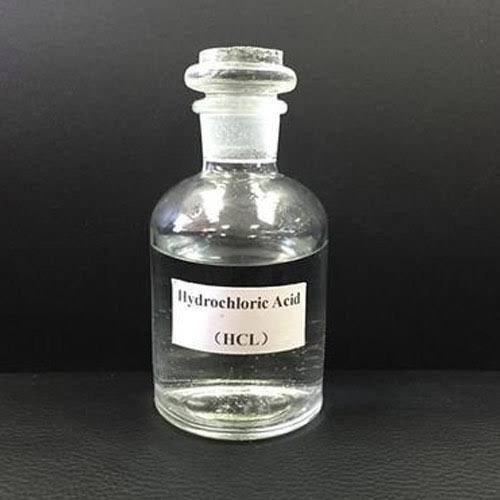
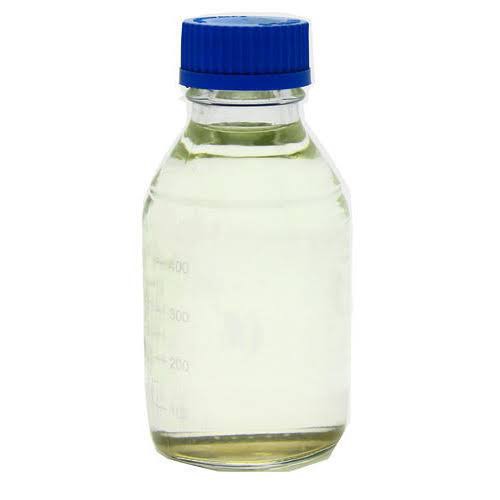

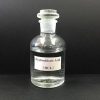
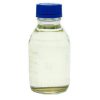
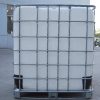

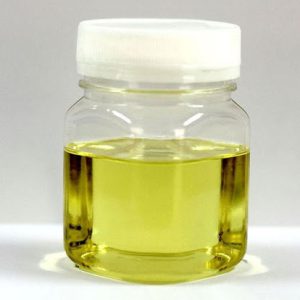



Reviews
There are no reviews yet.